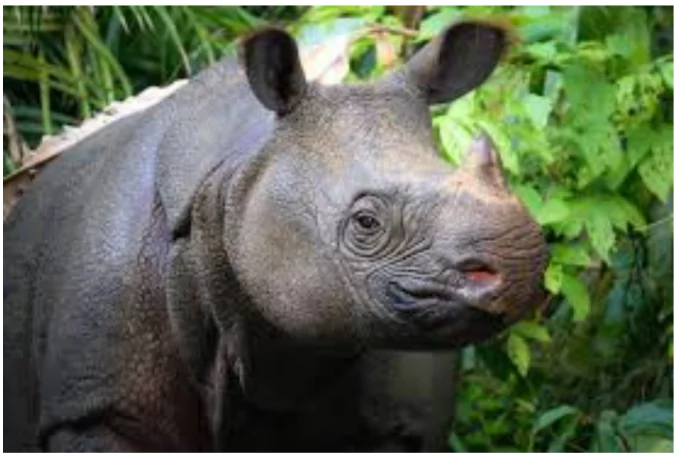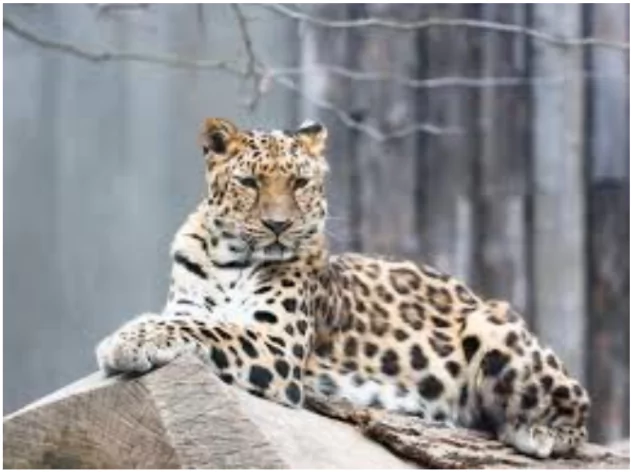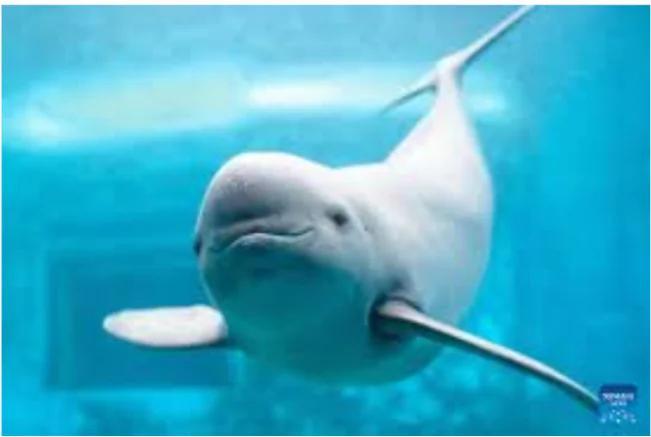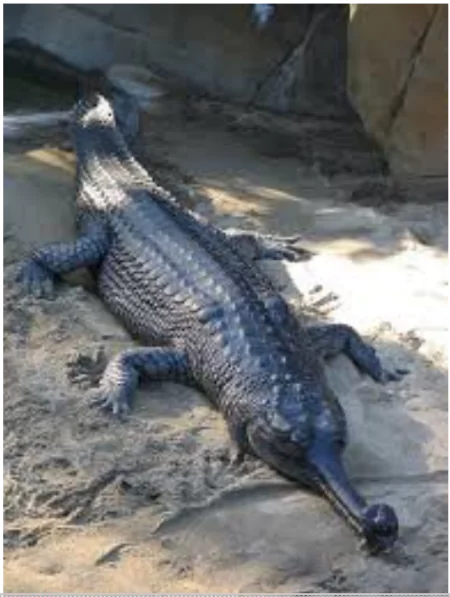
Scientists have issued a warning that without drastic conservation measures some of the planet’s most unique creatures could be extinct within the next five years.

 Poaching for the bushmeat trade.
Poaching for the bushmeat trade. Genetic Variation: Rising ocean temperatures lead to fewer male hatchlings, further threatening the species.
Genetic Variation: Rising ocean temperatures lead to fewer male hatchlings, further threatening the species. Amur Leopard (Panthera pardus orientalis): Often called the world’s rarest big cat adapted to extreme cold.
Amur Leopard (Panthera pardus orientalis): Often called the world’s rarest big cat adapted to extreme cold.
 Population: Fewer than 1,000
Population: Fewer than 1,000 Population: Less than 250 in the wild
Population: Less than 250 in the wild
Ready to boost your UPSC 2025 preparation? Join PW’s UPSC online courses today!
To get PDF version, Please click on "Print PDF" button.
Maharashtra Withdraws GRs on Hindi as Third Langua...
Statistical Report on Value of Output from Agricul...
Skills for the Future: Transforming India’s Work...
National Turmeric Board HQ Inaugurated in Nizamaba...
ECI Moves to De-List 345 Inactive Registered Unrec...
MNRE Issues Revised Biomass Guidelines Under Natio...

<div class="new-fform">
</div>